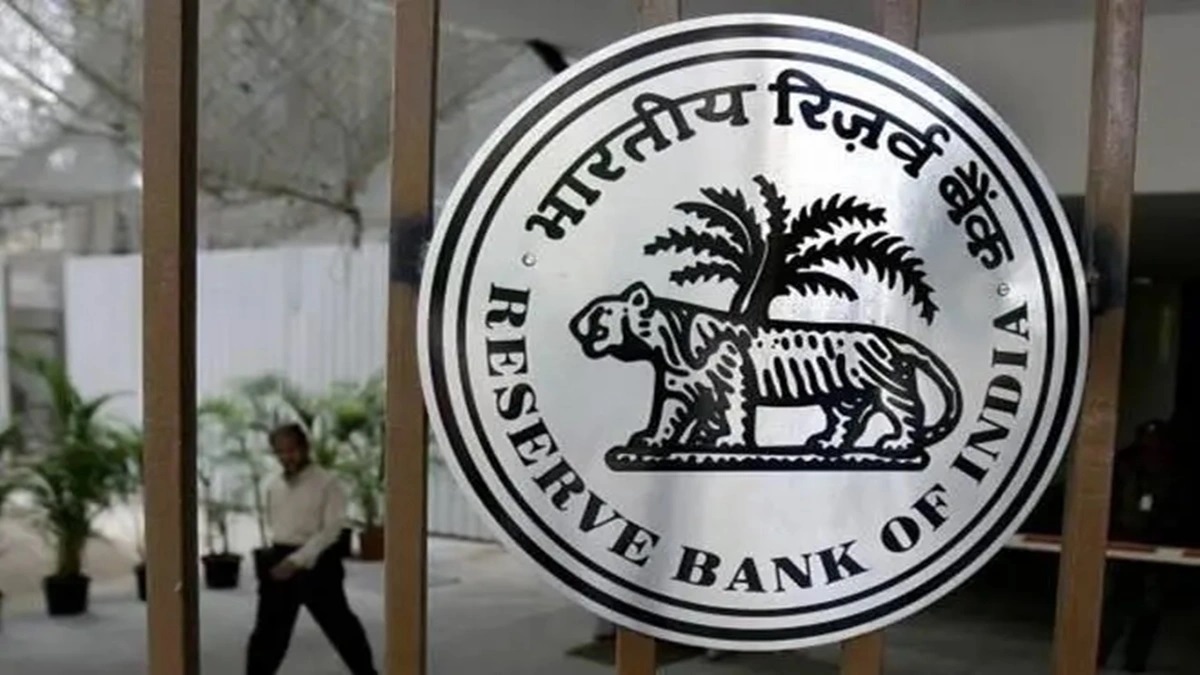27 Aug , 2022 By : Monika Singh

Credit and Finance for MSMEs: The MSME sector, predominantly small and micro-enterprises, have been the hallmark of the Indian economy for decades. Going forward, it is also predicted to play a key role in line with India’s vision to become a five trillion dollar economy. Despite MSMEs being absolutely indispensable in the past, present, and future of India – a very large portion of the sector has little to no access to credit.
Traditional lenders require a definite set of prerequisites such as business vintage, collateral, high degree of formalisation etc. The lack of these disqualifies a large portion of SMEs from accessing formal credit leaving them at the mercy of moneylenders. Digital lenders however, use alternative methods of credit underwriting and assessment for borrowers to make credit accessible to this previously disqualified group of enterprises. As a result, it is imperative to acknowledge and augment the role that digital lending plays in the MSME sector.
India’s robust digital infrastructure (India stack, UPI, Aadhar, Account Aggregators) has enhanced digital penetration and thereby there is now data available that can be leveraged to underwrite underserved segments. Having said that, to ensure that this adoption stays strong and access to credit is enabled with customer-centricity at the core of it, regulation becomes extremely important. For this reason, the digital lending guidelines that have been introduced by the RBI is a timely and welcome move.
The implications of the new guidelines
The recent guidelines not only recognises and legitimises the role digital lenders play in driving credit inclusion, but it also sets up sturdy guardrails for future growth while safeguarding customer interests. Recognition of Lending Service Providers (LSPs) as an integral part of the digital lending ecosystem provides support for the evolving context in which MSMEs avail of and utilise credit. This will allow a regulated growth of better credit products that have use case relevance, and will mitigate credit risk through embedding credit in their natural business ecosystems.
The guidelines have made great strides in terms of transparency by regulating the mechanisms of fund transfers, the restriction of automatic credit increase and the introduction of Key Fact Statement for borrowers. Requiring explicit consent for data collection is also a positive step in line with the evolving privacy regulations. The appointment of a nodal grievance redressal officer to deal with fintech/digital lending related complaints recognises the key role fintech has been playing in the lending ecosystem while also ensuring borrowers’ safety. Moreover, this will curb the surge of fraudulent digital lenders and its antitrust sentiments that are undermining the efforts of the genuine ones in the eyes of the general public.
Overall, these regulations will only improve credit health of the digital lending ecosystem as a whole. This can also act as an impetus for Public Sector Banks to collaborate with fintech NBFCs (through co-lending models) in order to bring scale to this opportunity. Implementation of these guidelines will only serve both sides of the lending value chain better and get us a step closer to bridging the Rs 25 lakh crore credit chasm in MSME financing.
0 Comment